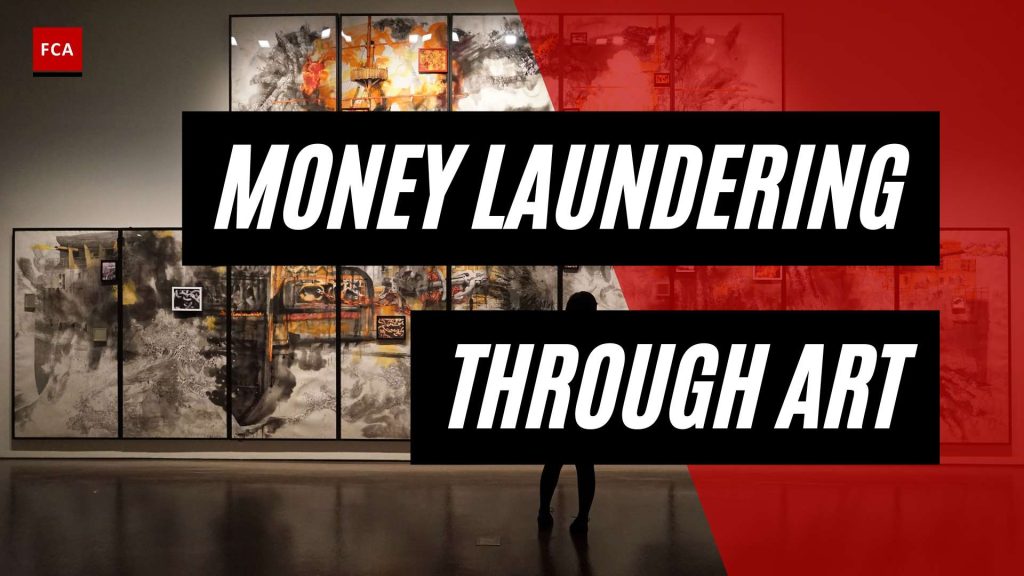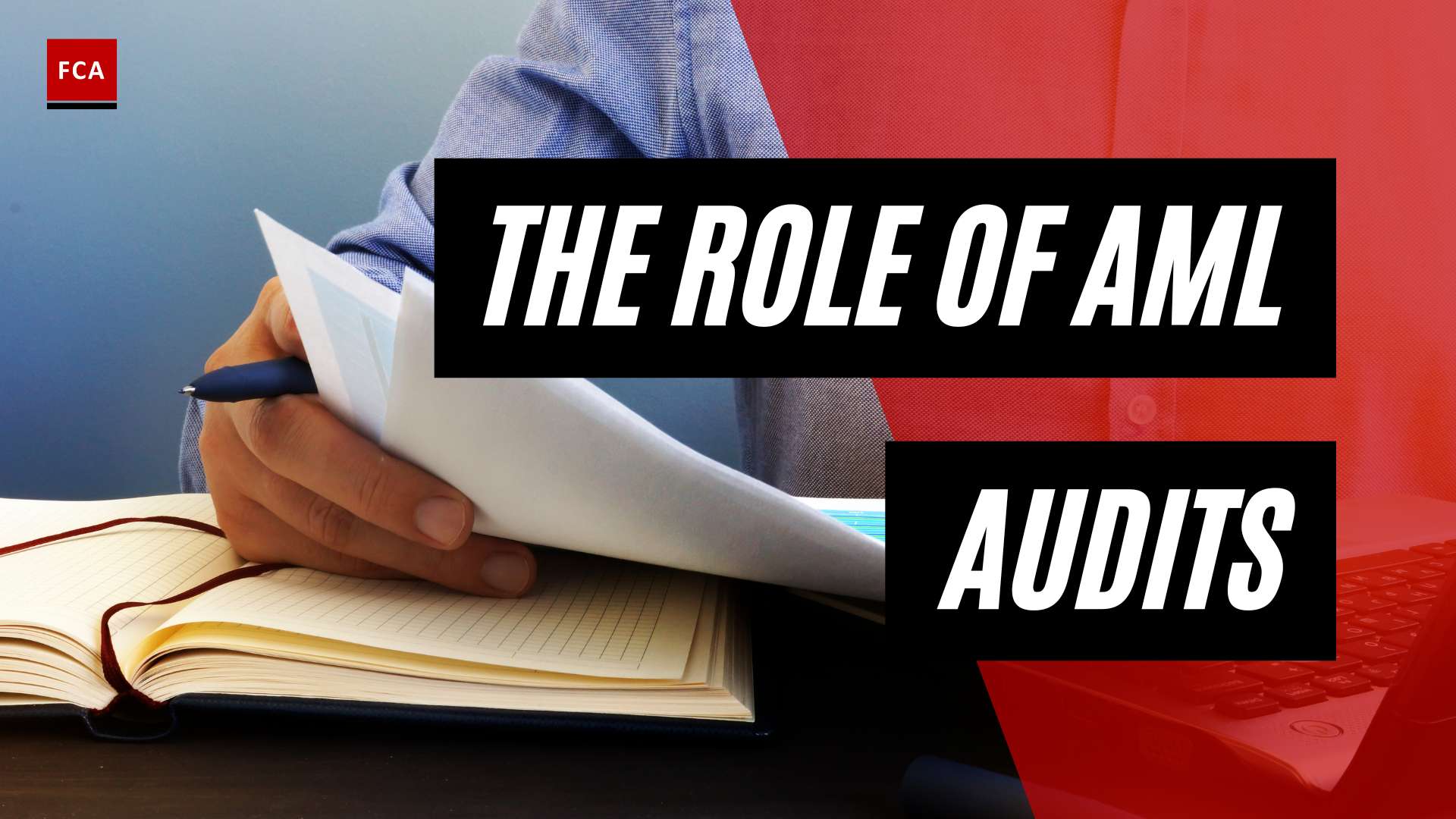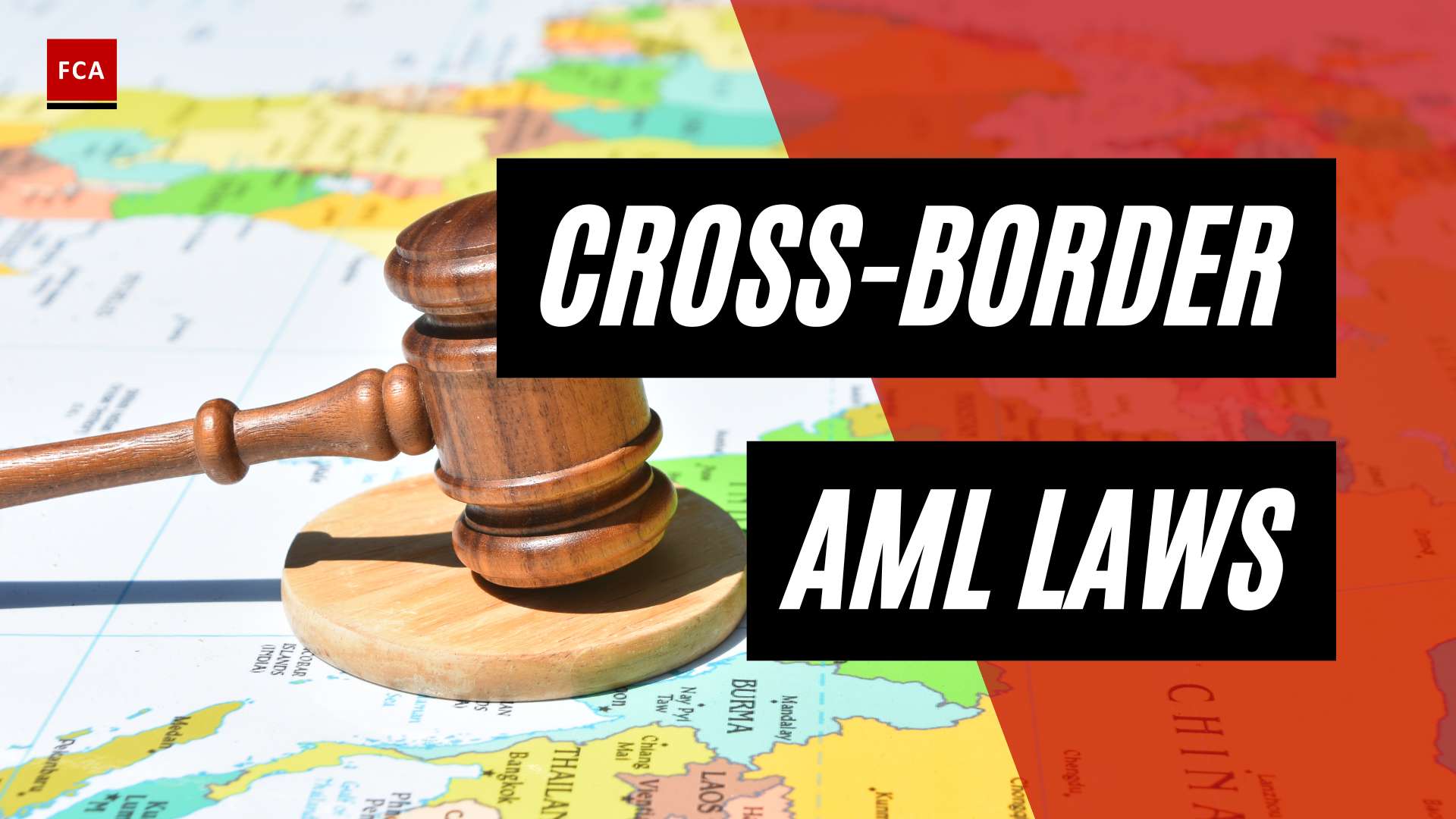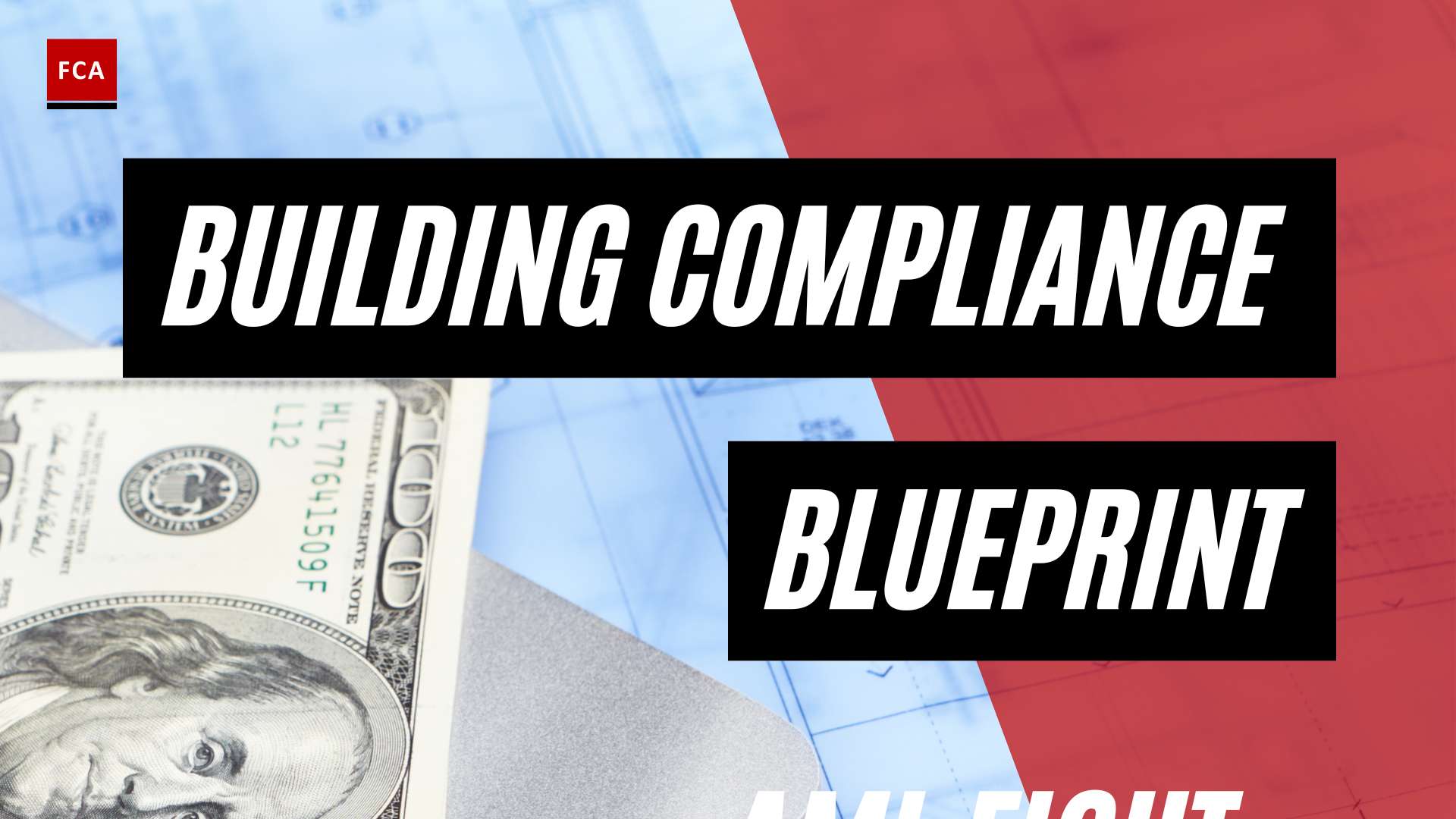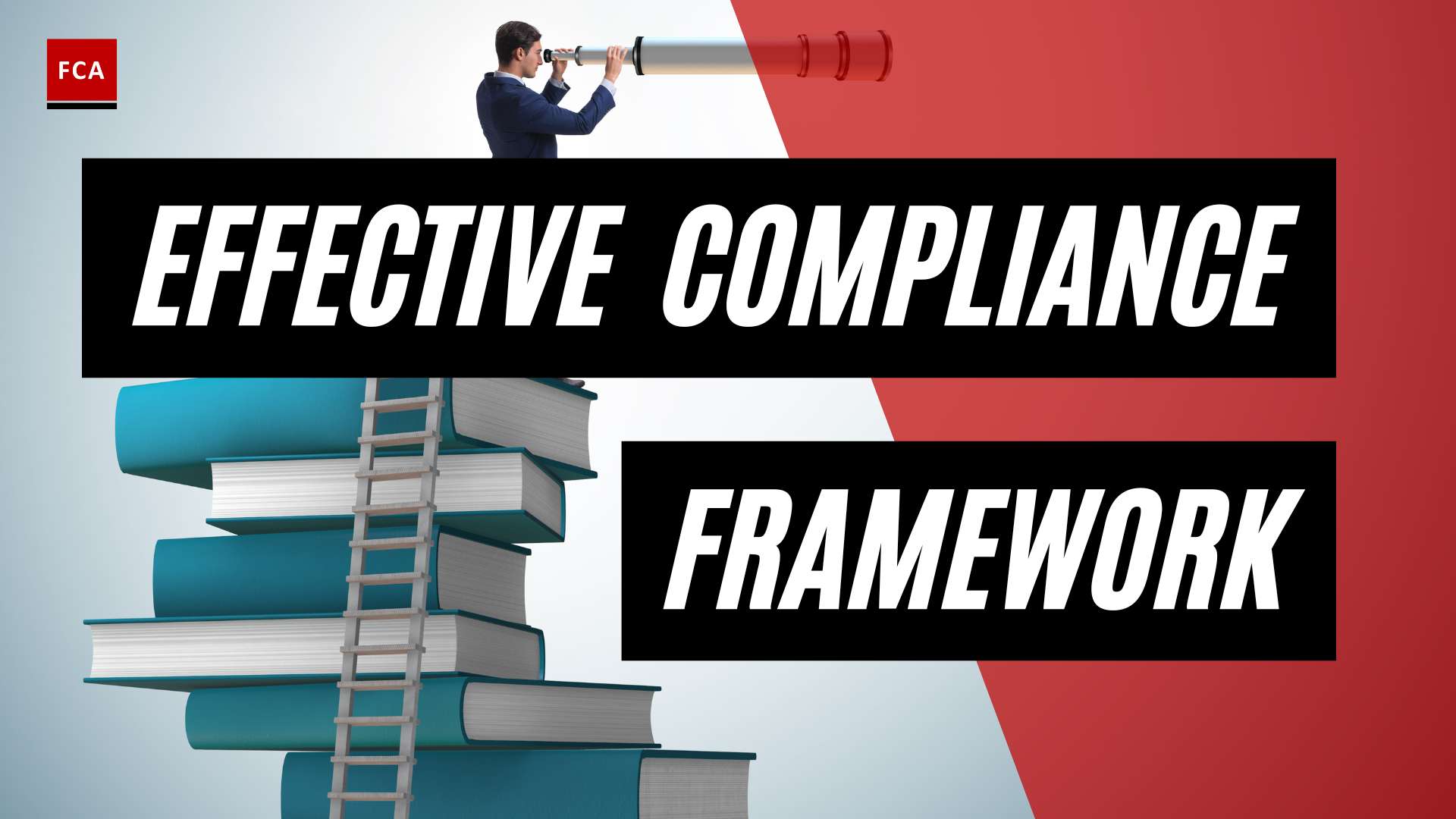Understanding Money Laundering
To comprehend the extent of the problem of ‘money laundering through art’, it’s important to first understand the concept of money laundering and the stages involved in this illegal process.
The Concept of Money Laundering
Money laundering is a method used by criminals to conceal the illicit origins of their proceeds by making such proceeds appear to have derived from a legitimate source. The art market, due to its unregulated nature and high potential for profitability, is susceptible to money laundering schemes, allowing criminals to transfer large amounts of money without detection.
Stages of Money Laundering
The money laundering cycle consists of three distinct stages: Placement, Layering, and Integration (MoneyLaundering.ca).
-
Placement: This involves the initial entry of “dirty” cash or proceeds of crime into the financial system. This stage poses a higher risk of being caught due to suspicion from officials when placing large amounts of cash in legitimate financial systems.
-
Layering: In this stage, the funds are moved internationally and sophisticated financial transactions are conducted to obscure the audit trail and sever the link with the original crime. Money launderers exploit loopholes in legislation and delays in judicial or police cooperation to evade detection.
-
Integration: This stage involves returning the money to the criminal from seemingly legitimate sources after being placed as cash and layered through financial transactions. The criminal proceeds are fully integrated into the financial system and can be used for any purpose, often through purchasing property, art, jewelry, or high-end automobiles.
| Stage | Description |
|---|---|
| Placement | Initial entry of illicit money into the financial system. |
| Layering | Obscuring the audit trail through complex transactions and international movement of funds. |
| Integration | Returning the ‘cleaned’ money to the criminal from seemingly legitimate sources. |
To counter international impediments to effective money laundering investigations, many countries have developed model legislation, multilateral agreements, trends & intelligence sharing, and other information. International organizations like the Financial Action Task Force (FATF) have evolved to combat money laundering on a global scale.
Understanding these stages of money laundering is crucial for professionals working in compliance and risk management, as it can help them spot potential signs of money laundering through art or antiques, and take necessary actions to prevent such illicit activities. Further in the article, we will explore the specific vulnerabilities of the art market to such schemes and discuss some high-profile cases of art laundering.
The Art Market’s Vulnerability
The art market, with its global reach and potential for high profitability, is particularly susceptible to money laundering activities. This vulnerability stems from several intrinsic characteristics of the art market, including its unregulated nature, lack of oversight, and the secretive and subjective nature of art valuation.
The Nature of the Art Market
The nature of the art market contributes to its vulnerability to money laundering. The art, antiquities, and cultural object market had a global value of USD 65.1 billion in 2021, making it a significant industry for potential money laundering activities.
This market is characterized by high-value transactions, often involving international buyers and sellers. Artwork serves as a medium for money laundering due to its ease of transportation and conceality, allowing for illicit funds to be hidden effectively (Banking Exchange).
Moreover, the secretive and subjective nature of art valuation by experts facilitates money laundering, making it difficult for authorities to detect transactions involving illicit funds (KKC).
The lack of centralized oversight and record-keeping in the art market, combined with the use of private sales and confidential agreements, further exacerbates the challenges of detecting and preventing money laundering activities within the industry.
Art Market and Money Laundering
The art market is used for money laundering with vast sums of money being exchanged for works from a non-existent collection and then sold to anonymous buyers, laundered through inflated prices (GitHub).
The art world is seen as an ideal avenue for money launderers due to its accommodation of anonymous high-dollar purchases and large cash deals, making it an attractive environment for those seeking to launder money.
A 2019 report by the Basel Institute on Governance revealed that the art market is the fourth largest criminal sector worldwide, with estimates of $3.6 billion laundered through art each year (KKC).
The use of shell companies and fake invoices in the sale of artwork helps to disguise transactions, aiding in the process of laundering money through art.
Due to the global nature of the art market and the ease of movement of physical artworks across borders, money laundering through art is a significant challenge for law enforcement agencies worldwide.
To understand more about the intricacies of the illegal art market, you can read about the underground art market and illegal art sales. For more on the specific mechanisms of money laundering in this sector, see our articles on art market money laundering and art auction money laundering.
High-Profile Cases of Art Laundering
The combination of high-value items, privacy, and a lack of regulation makes the art market an attractive channel for money laundering. This has been illustrated in various high-profile cases which underscore the severity of money laundering through art.
Case Study: Nathan “Nicky” Isen
One such example involves Philadelphia-based art dealer Nathan “Nicky” Isen. In 2015, Isen was charged with money laundering after he was found to be advising an undercover officer on how to launder illicit funds obtained from drug trafficking through the art market. Isen was subsequently fined $15,000. This case highlights how art dealers can be implicated in art market money laundering, either knowingly or unknowingly. It underscores the importance of robust anti-money laundering (AML) controls for art dealers, including customer due diligence and transaction monitoring.
Case Study: Jackson Pollock Painting
In another case, a painting by renowned artist Jackson Pollock was sold for $140 million in 2011. The transaction raised eyebrows due to the secrecy surrounding the buyer’s identity and the lack of a clear explanation for the high price, leading to suspicions of it being a money laundering front. This instance underscores the risks associated with opaque transactions in the art world. It also demonstrates how high-value art transactions can potentially be used to launder large sums of money.
These cases serve as stark reminders of the misuse of the art market for illicit activities. They underline the importance of implementing effective AML controls in the art market to prevent such abuses. As money laundering schemes continue to evolve, professionals in the field of compliance and risk management must stay abreast of the latest trends and developments to effectively combat these illicit activities.
Regulatory Responses to Art Laundering
In response to the ongoing issue of money laundering through art, both the United States and the European Union have implemented regulatory measures aimed at curbing this illicit activity.
US Anti-Money Laundering Act of 2020
The US Anti-Money Laundering Act of 2020 (AMLA 2020) is a significant development in the fight against money laundering in the art and antiquities market. The act requires businesses involved in the trade of antiquities to comply with anti-money laundering (AML) regulations.
These obligations include identifying beneficial owners, training staff on record-keeping, and adopting compliance policies to prevent money laundering in the art and antiquities market. The introduction of these regulations marks a significant step towards greater transparency and accountability in the art market.
EU’s Sixth Anti-Money Laundering Directive
In a similar vein, the European Union’s Sixth Anti-Money Laundering Directive (6AMLD) has also introduced stringent measures to counteract money laundering activities in the art market. The directive makes AML screening and customer due diligence compulsory for all participants in the art and antiquities market in EU member states.
Moreover, the directive imposes harsher penalties for violations, thus serving as a deterrent for those who might consider exploiting the art market for money laundering purposes.
The Financial Action Task Force (FATF) also plays a role in regulating the art market, with the potential to add countries to its “grey list” if they fail to comply with FATF Recommendations on AML/Counter-Terrorist Financing (CFT). This can lead to increased monitoring and potential impacts on cross-border business, trade, loan availability, and commercial reputation.
The trend in the art and antiquities market is moving towards greater regulation, with states imposing AML and CFT obligations on various participants. This makes it harder for bad actors to exploit the market for illicit activities, such as money laundering and terrorist financing.
With the implementation of these regulations, the future of the art market is likely to see wider law enforcement investigations covering areas such as bribery, sanctions, money laundering, and terrorist financing, rather than specific efforts solely focused on the art market. These developments signal a shift towards a more transparent and regulated art and antiquities market, making it increasingly difficult for criminals to launder money through the sale of art and antiques.
The Role of Blockchain Technology
In the battle against money laundering, particularly in the context of the art market, blockchain technology is emerging as a promising tool.
Blockchain and Art Transactions
Blockchain technology offers a potential solution to combat money laundering in the art world by providing transparent, secure, and immutable records of art transactions, enabling greater accountability and trust within the art market. This technology could revolutionize the art industry by addressing the challenges of provenance, authentication, and transparency, making it difficult for criminals to exploit the art market for money laundering purposes.
By using blockchain and distributed ledger technology, it’s possible to enhance transparency and traceability in the art market. This increased visibility makes it more difficult for money launderers to hide their illicit activities behind complex and obscured art transactions (ComplyAdvantage). In essence, blockchain technology can provide a decentralized and tamper-proof system for recording art transactions, reducing the risk of illicit activities like art market money laundering and improving the overall integrity of the market.
Potential Impact of Blockchain
Blockchain technology could potentially create a digital fingerprint for each artwork, allowing for easy verification of authenticity and provenance. Such a system could significantly help prevent money laundering through the art market by making it more challenging to introduce illicitly obtained pieces into the market or sell fakes as originals (ScienceDirect).
The impact of blockchain technology extends beyond solely the art market. It could also be effective in preventing money laundering through antiques, contributing to the overall integrity of the broader art and antique market.
While the potential of blockchain technology in combating money laundering in the art world is promising, its application is not without challenges. Issues such as the digital divide, energy consumption, and data privacy need to be addressed to ensure the effective and equitable use of this technology.
In conclusion, blockchain technology represents a potential game-changer in the fight against money laundering in the art world. As this technology continues to develop and gain acceptance, its role in safeguarding the integrity of the art market is likely to grow further.
Implications for Compliance Professionals
As the art market continues to be a lucrative channel for money laundering activities, the role of compliance professionals becomes increasingly crucial. Understanding the intricacies of Anti-Money Laundering (AML) and Counter Financing of Terrorism (CFT) obligations and tracking future trends in enforcement can help in thwarting illicit activities.
AML and CFT Obligations
With the increasing instances of money laundering through art, legal obligations for art market participants have tightened. The US Anti-Money Laundering Act of 2020 (AMLA 2020) now requires antiquities businesses to comply with AML regulations, including identifying beneficial owners, training staff on record-keeping, and adopting compliance policies to prevent money laundering in the art market.
Similarly, the European Union’s Sixth Anti-Money Laundering Directive (6AMLD) makes AML screening and customer due diligence compulsory for all participants in the art market in EU member states. It also imposes harsher penalties for violations, further deterring money laundering activities (ComplyAdvantage).
Future Trends in Enforcement
The future anticipates wider law enforcement investigations likely to encompass the art market more frequently. These investigations would cover areas such as bribery, sanctions, money laundering, and terrorist financing, rather than specific efforts solely focused on the art market (White & Case).
Moreover, to counter international impediments to effective money laundering investigations, many countries have developed model legislation, multilateral agreements, trends & intelligence sharing, and other information. International organizations like the Financial Action Task Force (FATF) have evolved to combat money laundering on a global scale.
Considering these trends, compliance professionals need to stay informed and vigilant. They must ensure their organizations adhere to the evolving AML and CFT regulations, safeguarding their operations from potential threats of illicit activities such as illegal art sales or money laundering through antiques.
This requires a comprehensive understanding of the business, regular risk assessments, rigorous customer due diligence, and an effective compliance program. Additionally, addressing the secretive and subjective nature of art valuation by experts can help hinder money laundering activities.
Strategies for Detecting Art Laundering
As the issue of money laundering through art continues to pose significant challenges, developing effective strategies for detecting such activities is becoming increasingly important. This involves both understanding the red flags in art transactions and acknowledging the essential role of international cooperation.
Red Flags in Art Transactions
Recognizing the signs of potential money laundering in art transactions is a crucial first step. Given the unregulated nature and high potential for profitability, the art market is susceptible to money laundering schemes, allowing criminals to transfer large amounts of money without detection.
Significant red flags include:
- Vast sums of money being exchanged for works from a non-existent collection and then sold to anonymous buyers, laundered through inflated prices.
- Artwork serving as a medium for money laundering due to its ease of transportation and concealment, allowing for illicit funds to be hidden effectively.
- The use of private sales and confidential agreements that obscure the true nature of the transaction, making it difficult to trace the origin and destination of the funds.
For a deeper understanding of these signs, professionals can refer to the FATF report on money laundering in the art market which identified 40 examples, with over half involving fine art and some implicating non-fungible tokens (NFTs), which are vulnerable to misuse due to the ease of transferable ownership and subjective pricing.
Role of International Cooperation
The global nature of the art market and antique market makes international cooperation a vital component in combating money laundering through art. This involves sharing information, coordinating enforcement actions, and developing consistent regulatory standards across jurisdictions.
Efforts are underway to improve transparency and regulation in the art market, although many challenges remain. The complexity of these markets, combined with the involvement of numerous parties – including artists, dealers, auction houses, and collectors – makes it difficult to monitor and control transactions effectively.
Given the potential for illegal art sales and art auction money laundering to facilitate financial crimes, it’s imperative for professionals working in compliance, risk management, anti-money laundering, and anti-financial crime to stay informed about trends and developments in this area. This includes understanding the intricacies of the underground art market and black market for antiques, as well as the emerging risks associated with fake art and art and antique smuggling.
Through vigilance and collaboration, it’s possible to shed light on the shadowy world of art laundering and take steps towards its prevention.

